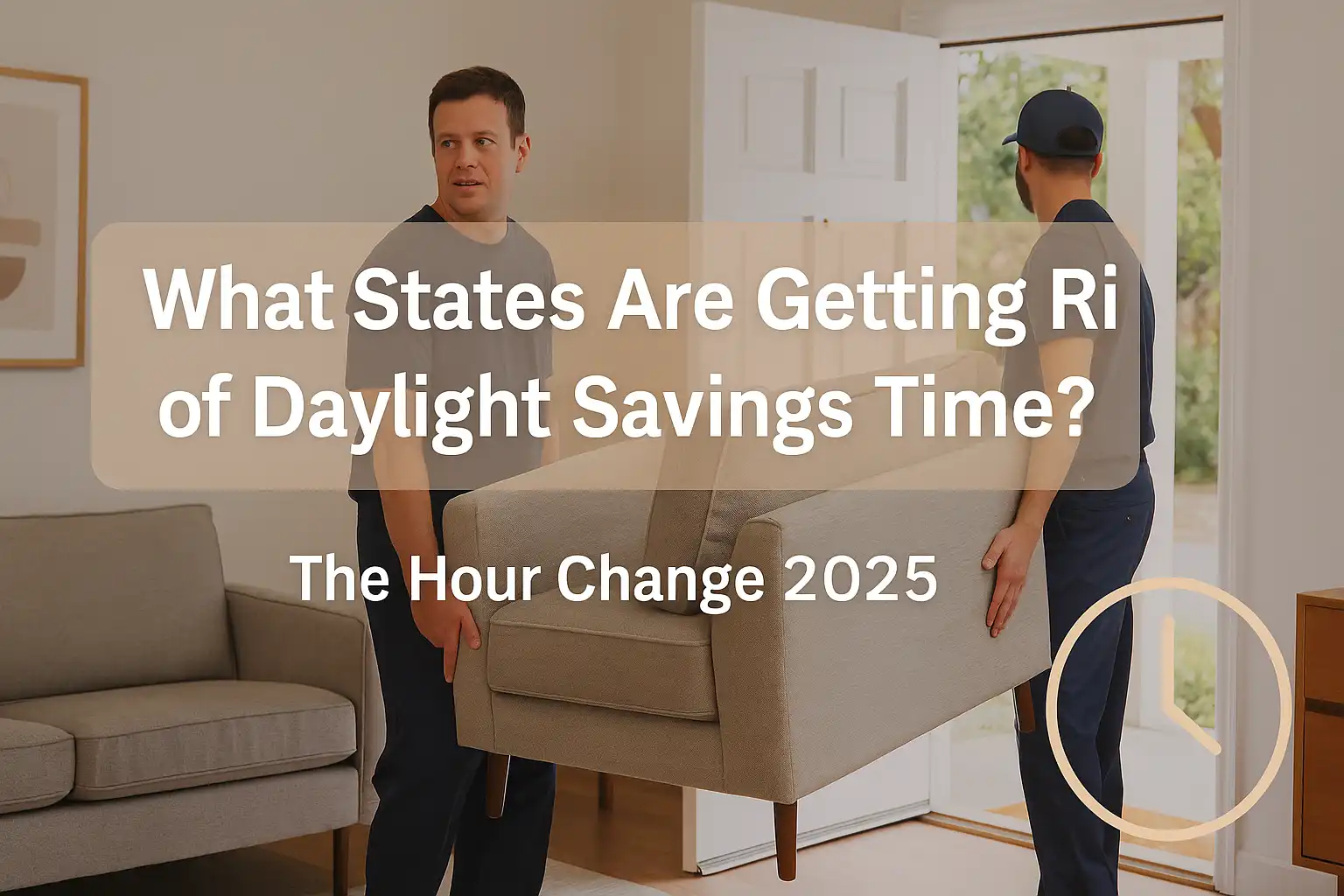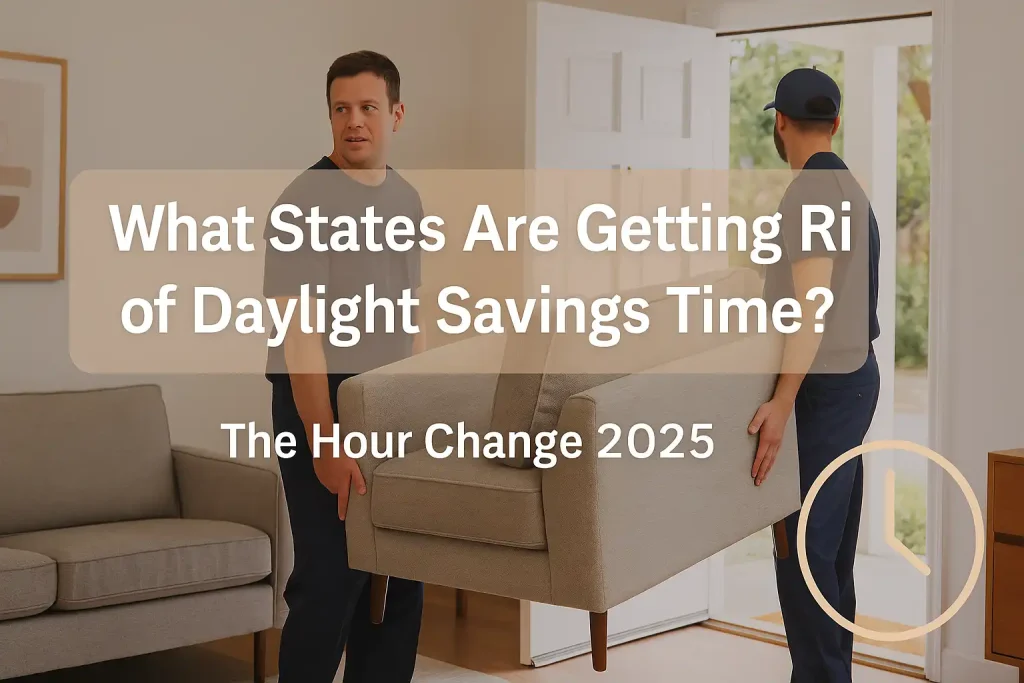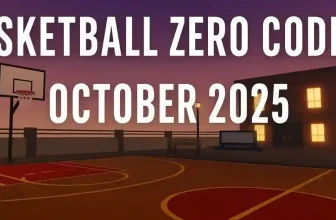
Every March and November, Americans ask the same question: Why do we still change the clocks? If you’ve ever wondered what states are getting rid of daylight saving time, you’re not alone. While some states already skip the switch, others are waiting for Congress to approve permanent time.
Here’s a breakdown of which states don’t observe Daylight Saving Time, who’s trying to stop it, and the hour change 2025 schedule so you can plan ahead.
States That Don’t Observe Daylight Saving Time

Only two U.S. states skip the clock change completely —
- Arizona (except the Navajo Nation)
- Hawaii
They stay on standard time all year.
Additionally, U.S. territories like Puerto Rico, Guam, American Samoa, the U.S. Virgin Islands, and the Northern Mariana Islands also don’t observe DST.
So if you live there, you’ll never need to adjust your clocks again.
States That Want to End the Time Change
More than 20 states have passed or proposed bills to end time changes permanently — but federal law prevents them from making it official on their own. Under the Uniform Time Act, states can stay on standard time all year but not daylight saving time unless Congress allows it.
States that have passed or are considering permanent DST:
| Region | States in Favor | Notes |
|---|---|---|
| West | California, Oregon, Washington, Idaho, Montana, Utah | Awaiting federal approval |
| South | Texas, Tennessee, Alabama, Florida, South Carolina | Florida passed the “Sunshine Protection Act” bill |
| Midwest | Kansas, Oklahoma, Iowa, Minnesota | Local bills pending |
| Northeast | Maine, New Hampshire, Massachusetts | Regional coordination proposed |
Many of these bills will “activate” only when Congress changes federal law.
Why Is It So Complicated?
The Sunshine Protection Act, first passed by the U.S. Senate in 2022, aimed to make daylight saving time permanent nationwide. However, it stalled in the House and hasn’t become law yet.
Until that happens, most states must keep changing clocks twice a year — even if local lawmakers and residents prefer to stop.
The Hour Change 2025
Even with all these discussions, most Americans will still change clocks in 2025.
| Event | Date | Time |
|---|---|---|
| Start of Daylight Saving Time | Sunday, March 9, 2025 | 2:00 a.m. (clocks spring forward) |
| End of Daylight Saving Time | Sunday, November 2, 2025 | 2:00 a.m. (clocks fall back) |
If you’d like more details about what day does time change, you can check our complete guide on time changes with reminders and future schedules.
Why Many Americans Want to End DST
Recent polls show 60–70% of Americans favor ending the twice-yearly time change. Reasons include:
- Health effects from disrupted sleep
- Safety concerns during darker mornings
- Productivity drops after the spring-forward shift
- The hassle of adjusting clocks and schedules
Still, there’s no national agreement on whether to keep standard time or daylight saving time permanently.
What to Expect Moving Forward
- Unless federal law changes, the hour change 2025 remains in place.
- Only Arizona and Hawaii (and U.S. territories) are exempt.
- Other states will continue to propose new laws and resolutions each year.
The idea of one national time system is popular, but it requires action from Congress to make it official. Until then, Americans will keep moving the clocks twice a year.
Final Thoughts
So, what states are getting rid of daylight savings time? Right now, just Arizona and Hawaii have succeeded — everyone else is still waiting. For now, remember the upcoming hour change 2025 dates:
- March 9 (spring forward)
- November 2 (fall back)
Keep those dates handy, and check our post on what day does time change for yearly updates.






